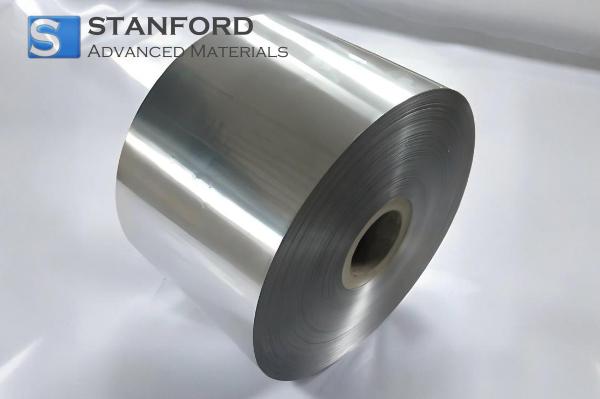Mendelevium: A Detailed Science Blog On The Element
Description
Mendelevium is a synthetic, radioactive element with distinct properties. This blog post introduces the element and provides details on its characteristics.
Introduction to the Element
Mendelevium is a synthetic element with atomic number 101. It was first produced in the 1950s during advanced nuclear experiments. It was named for Dmitri Mendelejew, the father of the periodic table. It occupies a specific role in the history of chemical research. It is a member of the Actinide series and does not occur naturally. Its production is limited to laboratory settings. Its high radioactivity and short half-life mean that most of its behaviour is inferred from studies on other heavy elements.
Chemical Properties Description
This radioactive actinide is predicted to exhibit an oxidation state of +3 in the majority of its compounds. Owing to the limited quantity produced, experiments are challenging. Consequently, theoretical models are used to predict most of its chemical behaviour.
The element shows lower reactivity compared to lighter actinides. Its compounds have been found to be markedly unstable. The chemical reactions involving Mendelevium are handled with care, given that strict safety measures are required because of its radioactivity.
Physical Properties Data Table
|
Property |
Value |
Notes |
|
Atomic Number |
101 |
Synthetic Element |
|
Atomic Mass |
~258 |
The most stable isotope is 258Md |
|
Melting Point |
~827°C |
Estimated value |
|
Density |
~13 g/cm³ |
Based on trends in the actinide series |
|
Electron Configuration |
[Rn] 5f¹³ 7s² 6d¹ |
Expected configuration |
For further details, please visit Stanford Advanced Materials (SAM).
Common Applications
Due to its scarcity and radioactivity, Mendelevium has very few practical applications. Its use is primarily confined to scientific research. Researchers utilise it to obtain quantitative data on nuclear reactions and to test theories regarding the behaviour of heavy elements.
Production Methods
This element is produced in particle accelerators or nuclear reactors by bombarding heavier elements with neutrons or other particles. A standard method is to use lighter actinides as targets. When these targets are exposed to a neutron flux, they undergo transmutation to form heavier isotopes, such as Mendelevium.
Frequently Asked Questions
What is Mendelevium?
Mendelevium is a synthetic, radioactive element with atomic number 101 that is produced in laboratories via nuclear reactions.
How is Mendelevium produced?
It is produced in nuclear reactors or particle accelerators by bombarding lighter actinides with neutrons or other particles.
What are the main chemical properties of Mendelevium?
The chemical properties indicate that Mendelevium typically exhibits an oxidation state of +3. Its compounds are unstable because of its radioactivity.
What information does the physical properties data table provide?
The table provides estimated values for the atomic number, atomic mass, melting point, density, and electron configuration of Mendelevium. It serves as a reference for its physical characteristics.
Are there practical applications for Mendelevium?
Mendelevium is primarily utilised for scientific research. Associated products focus on nuclear safety and instrumentation.

 Bars
Bars
 Beads & Spheres
Beads & Spheres
 Bolts & Nuts
Bolts & Nuts
 Crucibles
Crucibles
 Discs
Discs
 Fibers & Fabrics
Fibers & Fabrics
 Films
Films
 Flake
Flake
 Foams
Foams
 Foil
Foil
 Granules
Granules
 Honeycombs
Honeycombs
 Ink
Ink
 Laminate
Laminate
 Lumps
Lumps
 Meshes
Meshes
 Metallised Film
Metallised Film
 Plate
Plate
 Powders
Powders
 Rod
Rod
 Sheets
Sheets
 Single Crystals
Single Crystals
 Sputtering Target
Sputtering Target
 Tubes
Tubes
 Washer
Washer
 Wires
Wires
 Converters & Calculators
Converters & Calculators
 Write for Us
Write for Us




 Chin Trento
Chin Trento



